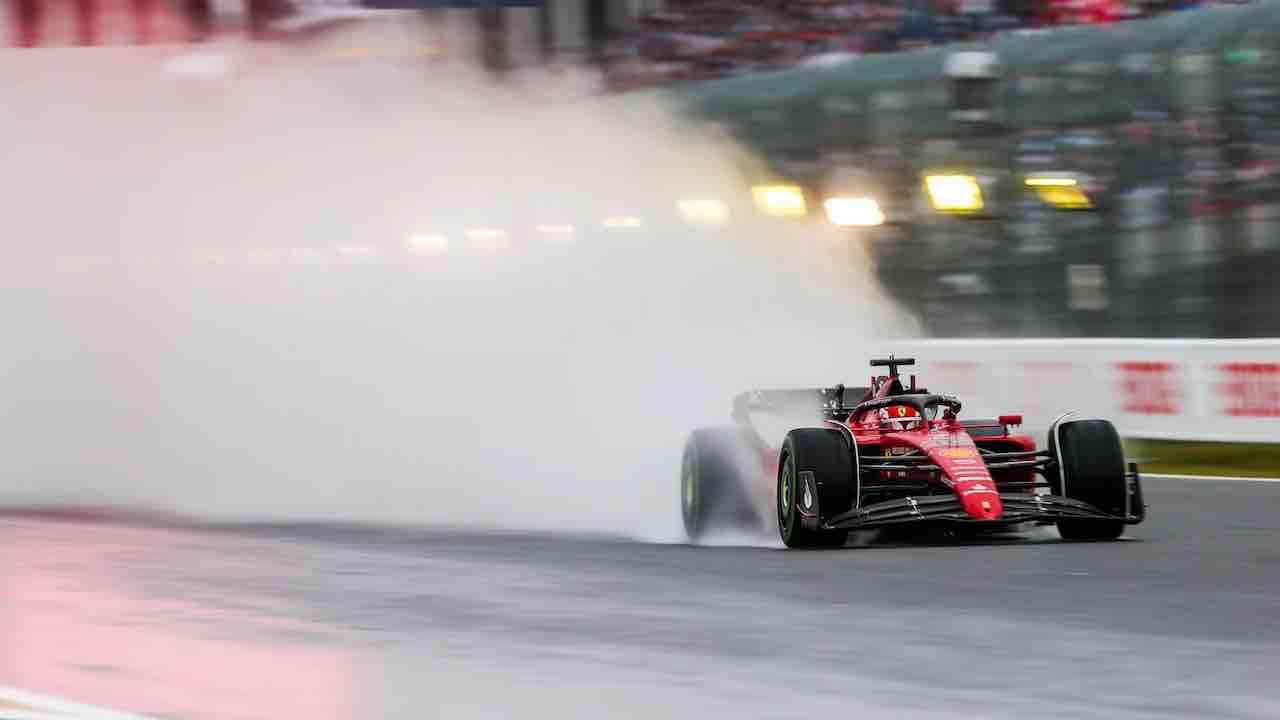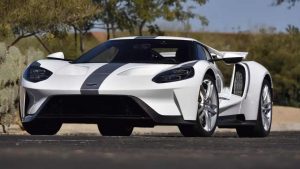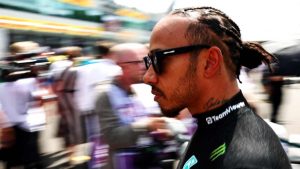Revolutionary F1 spray guards: The bold move to improve racing in rain!
The FIA’s recent experiments with spray guards on Formula 1 cars are set to evolve, with the next test touted to be a more aggressive solution that wholly envelops the wheels.

**Background**
In a test conducted at Silverstone this past July, the spray guards’ performance didn’t live up to expectations. The wheel-fairings utilized then had only slightly diminished the spray thrown up, leaving room for significant improvement. For Formula 1 to optimize racing in rainy conditions, more innovative strategies need to be explored.
**Tombazis’ Take**
Nikolas Tombazis, the FIA’s single seater director, reflected on the Silverstone trial, “The effort was perhaps overly optimistic. The spray guards were just not sufficient.” He mentioned that for forthcoming tests, they aim to cover the entirety of the wheel and further explore the point at which spray formation initiates.
Tombazis delved into the intricacies of the spray issue, explaining how the water is ejected upwards from the tires, the accumulation of water between the wheel and asphalt, and the water that gets sucked up from ground cracks due to diffuser pressure. He stated that nearly 40% of the total spray originates from the wheels and that addressing this would greatly enhance driver visibility, though not make it perfect.
**Tools and Techniques**
The FIA is examining methodologies typically used in the road car industry, such as simulations for wet weather scenarios, to bolster safety. Tombazis explained, “Car manufacturers possess extensive calibration capabilities, unrestricted by FIA constraints, allowing for greater flexibility. We need to be more precise given our limited testing opportunities.”
**The Aerodynamic Challenge**
One significant concern with a more extensive wheel covering is its impact on the car’s aerodynamics. While Tombazis admitted that downforce reduction varies, he emphasized that the primary objective isn’t performance but safety. In Silverstone’s tests, they opted for solutions with minimal aerodynamic effects.
**Future Directions**
Stefano Domenicali, F1 CEO, hinted at alternative techniques to reduce spray, especially concerning the diffuser. However, Tombazis is against altering specific design components. He suggests a more removable solution for extreme wet conditions which occur infrequently. Further innovations might be on the horizon for the 2026 F1 regulations.
With these advancements, Formula 1 continues its drive towards combining safety and performance, ensuring that fans get the best of races, come rain or shine.





